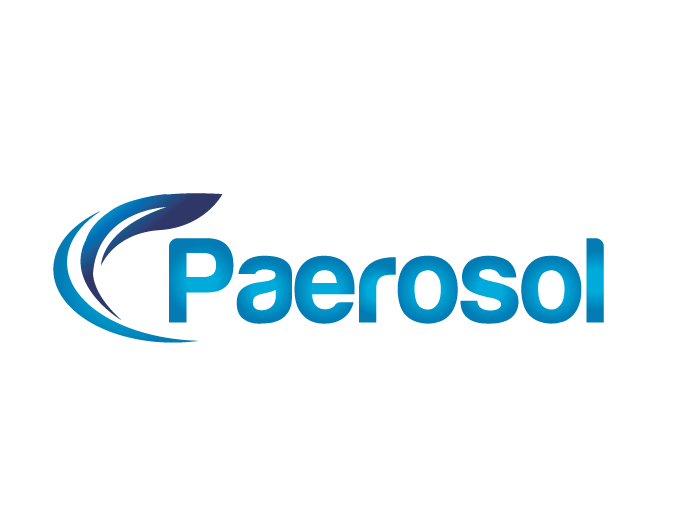It’s no small task to maintain clean spaces in commercial, medical, and educational settings. The challenge is finding a balance between keeping an office functional and being able to clean when customers, patients, or students are present. Disinfecting is top of mind after the Covid-19 pandemic, so maintaining a hygienic and safe facility is important. Post-pandemic standards are higher for a visibly clean and germ-free environment. The benefits of a tidy space have an impact on both the customer experience, as well as the employee experience, with reduced stress and better productivity.
The Kline Group released a recent study of commercial cleaning industry trends indicating that in 2023, businesses will shift toward reducing labor costs and automating processes where applicable. With rising inflation, companies will purchase consumables that are more efficient for their operations. The push toward environmentally friendly cleaning products aligns with requests from end users for more efficient products that use fewer perfumes and dyes with less packaging.
Defining Cleaning
The CDC details cleaning guidelines that include commonly used definitions for cleaning, sanitizing, and disinfecting. The term cleaning refers to using soap or detergent used to decrease germs on surfaces, as well as visible dirt. This first step in reducing harmful germs does an adequate job of removing most pathogens. Sanitizing is the next step in reducing whatever germs are left after cleaning. Disinfecting kills the germs leftover from cleaning, lowering any greater risk for disease. Disinfecting commonly uses chemicals, however, Paerosol is a chemical-free solution used for effective disinfection for any application. The CDC recommends to train and protect the workers that perform the tasks of cleaning and disinfecting, especially those using hazardous chemicals in the workplace.
Keep a Schedule
What is the best practice for cleaning spaces? A schedule supporting daily, weekly, and monthly protocols keeps things on track. The daily office cleaning checklist should include high traffic and high touch areas, like doorknobs, floors, counters, desks, and bathrooms. Weekly cleaning may include break room fridges, dusting of all areas, and window cleaning. Monthly schedules will cover the hard-to-reach areas and hard to clean surfaces, like upholstery. Settings that require more stringent guidelines and rules include healthcare settings, food production, manufacturing, food preparation, and childcare centers.
Challenges Common to Cleaning Commercial Spaces
First impressions can make or break a business, so consider the importance of prioritizing regular, daily cleaning schedules. Heavy foot traffic is a problem best solved by daily vacuuming to prevent staining and the spread of dirt. Entrance mats also help to reduce issues with moisture and dirt. Acting quickly to stains and spills on textiles (carpets or upholstery) prevents lasting damage. Speed is essential here, where blotting the offending stain before applying cleaning products will yield the greatest success. Dusting the different heights in an office building helps to prevent the buildup of dust, keeping in mind that there are many tools available to keep dust at bay between vacuums, such as microfiber cloths and dusters. Arguably, the most challenging area to keep clean is the restroom. Frequent cleaning and disinfection are critical. A rigorous maintenance schedule and regular inspection will keep this area in the best possible condition for guests.
Some of the hardest to disinfect areas are difficult to clean, difficult to see, and difficult to reach. Pathogens prefer warm and dark areas to grow, which are often the trickiest to spot. Considering some of the highest touch points in the office, telephones and computer keyboards are among the most challenging to sanitize thoroughly. Similarly, the crevices around faucets in the bathroom, or even the coffee machine in the breakroom, are perfect places for germs to take residence. Diligence in creating and maintaining a schedule to tackle these problem areas are the best way to keep areas germ-free.
Because viruses are able to live on surfaces in the workplace for extended periods of time, using either heat (167-212°F) or a disinfectant will destroy these germs. Hazardous germicides can be used to eliminate these pathogens, while a non-toxic solution like Paerosol will effectively treat surfaces to viruses and bacteria. Paerosol is a versatile choice for disinfecting any surface.
There are significantly different protocols to be considered between the types of surfaces being cleaned. Disinfecting a countertop won’t have the same procedures or products used as cleaning a desk chair. Carpeting, rugs, and upholstery are arguably the most demanding surfaces to clean. Because moisture and bacteria can live within a fabric, it is difficult to use a common disinfectant like bleach without damaging the material. Matching the active ingredient in the disinfectant to the appropriate textile is one way to know whether or not the textile will be damaged. It’s common for manufacturers to identify guidelines for maintaining furniture or textiles for the best results.
A Safe and Effective Choice
Paerosol is a platform that easily tackles the challenges presented in cleaning and maintaining a variety of the commercial spaces listed above. This technology kills air and surface-borne mold, bacteria, and viruses with up to a 99.999% effectiveness. Since Paerosol is safe to use around humans and animals, there is no concern for toxicity like with bleach and commonly used cleaning products. With the ability to clean hard and soft surfaces, the applications for cleaning with Paerosol are limitless.
Learn more about how Paerosol solves your unique cleaning challenges today:
